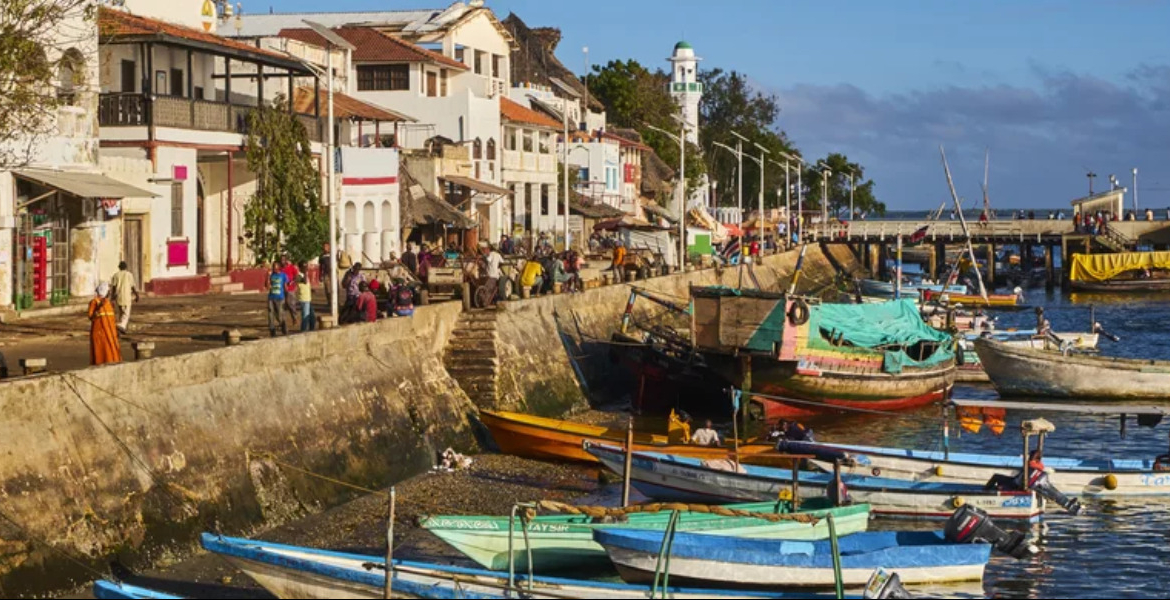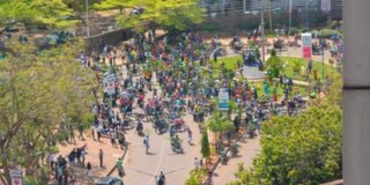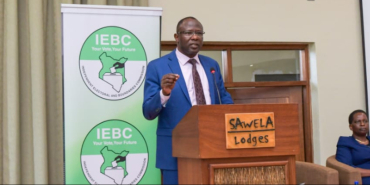Lamu Residents Turn to Dhows and Boats for Peaceful Demonstrations

Residents of Lamu County, Kenya, are employing a distinctive form of maritime protest to voice their grievances.
Instead of traditional street demonstrations, locals are utilising dhows and fishing boats in placard-bearing flotillas to highlight issues ranging from environmental concerns to maritime disputes. This approach has garnered attention for its ingenuity and powerful symbolism, representing both a demand for justice and an assertion of cultural identity.
These demonstrations typically begin at coastal locations such as Old Town and the Mokowe mainland, where protestors board their vessels and form coordinated convoys. The participants engage in singing, dancing, and chanting, transforming the tranquil waters into a vibrant display of expression. This maritime approach challenges the conventional imagery of protests often associated with urban disruption, offering a culturally grounded and visually compelling alternative.
The connection between the people of Lamu and the Indian Ocean runs deep, rooted in generations of reliance on the sea for sustenance, transport, and community life. According to Mohamed Somo, Chairman of the Indian Ocean Water Body lobby, the ocean is integral to their daily existence.
"We rely on the ocean for food, transport and other necessities," he says.
Community elders corroborate this sentiment, asserting that conducting protests at sea carries both strategic and cultural significance. Salim Mzee, a respected local voice, believes the visibility and symbolism of ocean protests amplify their message.
"Using dhows and boats during protests shows how deeply the ocean is intertwined with our identity and heritage," he explains.
The vastness of the ocean and its economic importance make it an ideal platform for highlighting grievances, particularly those related to environmental conservation and marine livelihoods. Muturi Kamau, National Coordinator of the Kenya Oil and Gas Working Group, notes that these protests can disrupt marine traffic and draw attention to issues that might otherwise be ignored.
"If the protest is about fishing rights or the impact of development on the ocean, taking it to the water amplifies the community’s concerns," he observes.
This method of protest has become a potent tool in opposing industrial and state-driven projects that encroach on marine ecosystems. Even prior to the government's announcement of the Lamu Port plans in 2009, residents had begun using the sea as a platform for public dissent. Conservationist Mariam Haroun recalls early efforts to protect the ocean from projects threatening biodiversity.
"We felt our ocean was under threat. This has helped to protect and preserve it," she reflects.
In recent years, ocean protests have addressed a variety of issues, including transboundary maritime disputes and ecological degradation. In March 2021, Lamu’s fishermen mobilised in response to the Kenya–Somalia boundary disagreement, highlighting the potential impact on resource access and regional stability. Most recently, on 5 June, protestors rallied to raise awareness about the fragility of marine ecosystems and the urgent need for sustainable practices.








Add new comment